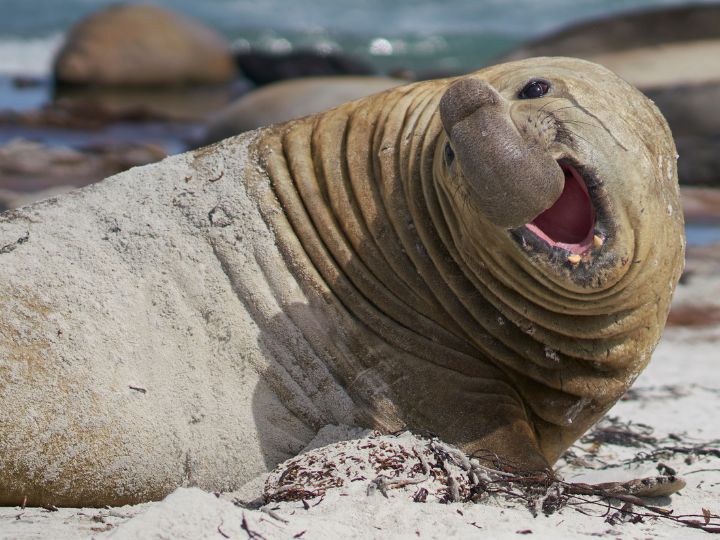Some well-known examples of egg-burying species include sea turtles, alligators, and certain birds, such as the Australian brush-turkey. Each species employs unique techniques and strategies tailored to their specific environments and challenges.
When it comes to animals and their reproductive strategies, we often find fascinating and diverse behaviors. One such approach taken by a variety of species is burying their eggs. This tactic provides numerous benefits, ranging from hiding the eggs from potential predators to creating ideal temperature and humidity conditions for incubation.
Not all animals rely on this method, but for those that do, it’s an effective and essential way to ensure the survival of their offspring.
These intriguing behaviors not only present captivating insights into the world of animal reproduction but also highlight the creative solutions that different species have evolved to ensure the continued existence of their genetic lineage. As we delve into the habits of these animals, we’re reminded of the marvel and complexity that can be found in nature.
Reptile Egg Burial
Sea Turtles
Sea turtles are known for their unique egg-laying behavior. Female sea turtles return to the same beach where they were born to lay their eggs. They use their rear flippers to dig a hole, often referred to as a body pit, in the sand.
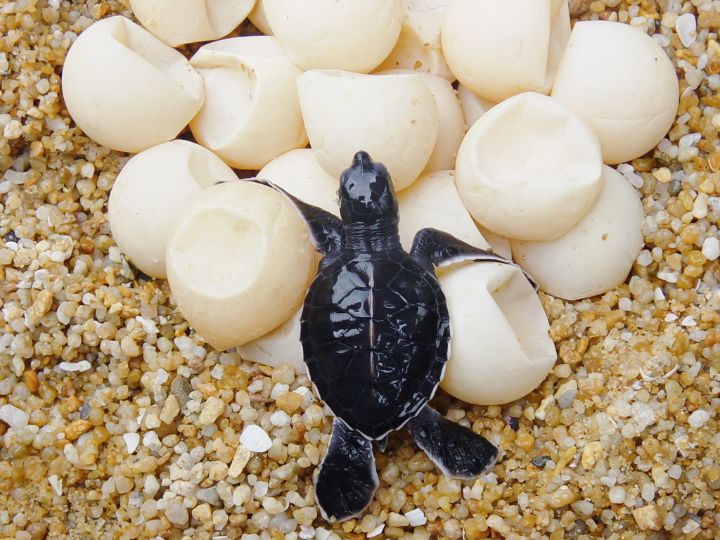
Image Credit: Canva
Once the body pit is deep enough, they create a smaller egg chamber inside, depositing their eggs in a clutch ranging from 50 to over 200 eggs, depending on the species. Afterward, the mother turtle covers the nest with sand, concealing it from predators. The eggs incubate for about 6 to 10 weeks before the hatchlings emerge.
Notable species:
- Loggerhead sea turtle
- Green sea turtle
- Hawksbill sea turtle
Crocodiles
Crocodile egg burial is somewhat different from that of sea turtles and fish. Female crocodiles lay their eggs in nests built near water sources. Some species, like the Nile crocodile, create mounds of vegetation and soil, while others, such as the American crocodile, dig holes in the sand or soil as a nest.

Image Credit: Canva
The female crocodile deposits her eggs, typically numbering from 20 to 90, inside the nest. Then, she covers them with additional soil, sand, or vegetation to protect them from the elements and predators. The incubation period for crocodile eggs ranges from 65 to 95 days. Throughout this period, the mother crocodile guards the nest, ensuring the safety of her future offspring.
Notable species:
- American crocodile
- Nile crocodile
- Saltwater crocodile
Bird Egg Burial
Maleos
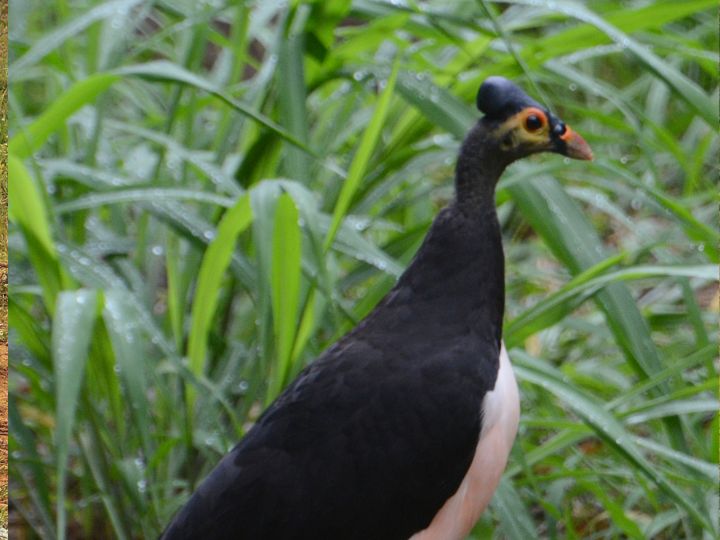
Maleo, courtesy of Ariefrahman. (2023, June 15). In Wikipedia license: CC BY-SA 4.0
The maleo is an unusual bird native to Indonesia, known for burying its eggs. These large birds, part of the megapode family, use geothermal heat and solar energy for incubation. The males dig deep holes in the sand, laying the eggs up to a depth of one meter. The incubation period is approximately 60-80 days, during which the parents don’t sit on the eggs and instead rely on the environment to regulate the temperature. Once hatched, the chicks dig their way out of the sand and are fully independent.
Ostriches
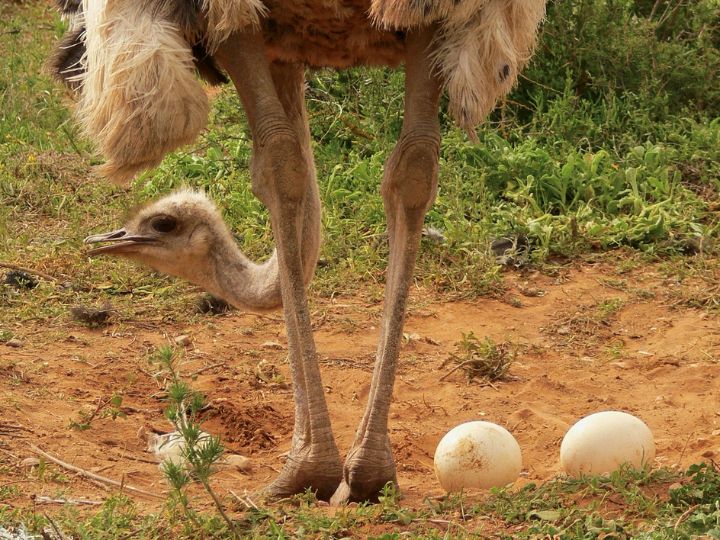
Image Credit: Canva
Ostriches, the largest birds in the world, are also known for burying their eggs. These fascinating creatures lay their eggs in communal nests that multiple females share, dug in sandy soil. The nests can measure up to 3 meters in diameter, and up to 50 eggs can be placed in a single grouping. Both males and females take turns incubating the eggs by covering them with a layer of sand and rotating them with their beaks. Ostrich eggs incubate for around 42 days before they hatch, and once emerged, the chicks are cared for by both parents.
Invertebrate Egg Burial
Spiders
Many spider species lay and bury their eggs to ensure their offspring’s safety. For instance, the wolf spider carries its egg sac until the spiderlings are ready to hatch. Once mature, the female digs a shallow burrow, placing the egg sac inside to protect it from predators and environmental threats. This burying behavior is not only crucial for reproduction but also helps regulate temperature and moisture, contributing to the spiders’ overall survival rate.
Insects
Insects also exhibit egg burial behavior, with varying techniques to adapt to their environments. Some examples include:
- Cicadas: As fascinating creatures, cicadas have an egg-laying strategy that ensures their offspring’s survival. The female cuts slits into plant branches, depositing the eggs within. These eggs are protected from birds and other potential predators, as well as the elements.
- Dung Beetles: Dung beetles are known for their unique reproductive habits. They create a ball of feces, which serves as a nursery and nourishment source for their developing offspring. The female tunnels into the soil, burying the dung ball containing her eggs to keep them secure and concealed.
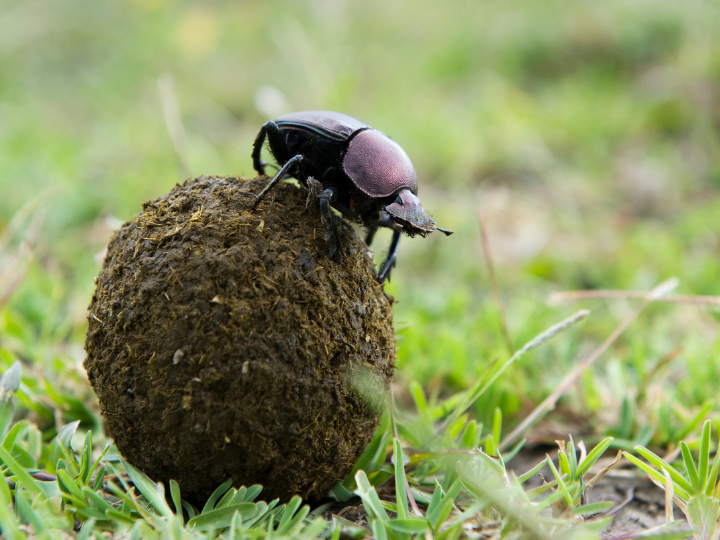
Image Credit: Canva
- Water Beetles: Water beetles bury their eggs in the moist soil near the water’s edge. They create chambers using mud and debris, ensuring a safe and protected environment for their developing larvae.
Invertebrates, like spiders and insects, rely on burying their eggs to ensure the survival and success of their species. Their methods vary greatly, yet they all serve the purpose of providing safety, protection, and optimal development conditions for their offspring.
Mammalian Egg Burial
Monotremes – Platypus and Echidna
While most mammals do not lay eggs, the monotremes are an exception. They consist of platypus and echidna species.
The platypus (Ornithorhynchus anatinus) is a unique mammal that lives in eastern Australia. It lays up to two eggs at a time, typically during the breeding season from July to October. Female platypuses dig elaborate burrows near the water’s edge to lay their eggs in.

Image Credit: Canva
Unlike birds, the female platypus does not incubate her eggs by sitting on them. Instead, after laying her eggs, she carefully coils around them using her tail and the surroundings of the burrow. This action helps in maintaining a consistent temperature and provides protection as the mother remains with her eggs until they hatch.
Echidnas are another type of egg-laying mammal, known for their distinctive spines. There are four species of echidnas, split into short-beaked and long-beaked groups. Echidnas can be found in Australia, Tasmania, and New Guinea.
During the breeding season, female echidnas dig a burrow and deposit their single egg in a pouch-like structure. When the egg hatches, a tiny, underdeveloped baby echidna, called a puggle, emerges and stays within the mother’s pouch. The puggle relies on the mother’s milk for nourishment and growth, gradually developing spines and becoming more independent over time.
In conclusion, egg burial in mammals is quite a rare phenomenon, with only monotremes, like the platypus and echidna, exhibiting this behavior. Their unique reproductive strategies have allowed them to thrive in their respective habitats.
Adaptations and Benefits
Predator Protection
Many animals, such as sea turtles, snakes and crocodiles, bury their eggs to safeguard them from predators. By doing so, they conceal their offspring’s location, making it difficult for egg-eating predators to locate and devour them. Burying eggs also provides physical protection, as the hard substrate works as a barrier against potential egg-destroying forces.
Temperature Regulation
Some species depend on environmental temperature to determine the offspring’s sex, such as certain reptiles like the Komodo dragon. For these animals, burying their eggs is crucial for effective temperature regulation. The depth at which the eggs are buried ensures that they remain within a specific temperature range during incubation. This temperature variance directly impacts the eggs during different stages of development, sometimes determining their sex. Additionally, a consistent temperature helps the embryos in developing at a steady and uniform rate.
FAQs
Becky is a fervent wildlife enthusiast and pet care expert with a diploma in canine nutrition. Her love for animals stretches beyond the domestic, embracing the wild tapestry of global fauna. With over a decade of experience in animal welfare, Becky lends her expertise to OutlandishOwl through insightful articles, captivating wildlife information, and invaluable guidance on pet nutrition. Her work embodies a deep commitment to understanding the intricate lives of animals and a passion for educating others on sustaining natural habitats. Becky's hands-on conservation efforts and her knack for translating complex dietary science into practical pet feeding tips make her an indispensable voice for creatures great and small.




